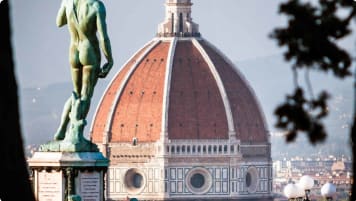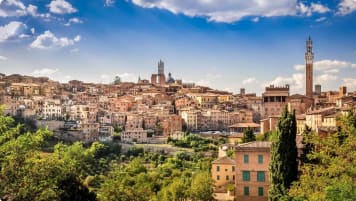The Roman Empire
The Roman Empire The Roman Empire at its peak covered an area of five million square kilometres (1.9 million square miles) and included territories in Asia, Africa, and the Western European nations around the Mediterranean…
10 Oct 19 · 12 mins read

The Roman Empire
The Roman Empire at its peak covered an area of five million square kilometres (1.9 million square miles) and included territories in Asia, Africa, and the Western European nations around the Mediterranean Sea. The vast empire left an incredible legacy on the world as we know it today, from the way we write and speak (both the Latin script and the Romance languages – French, Italian, Spanish, among others – descended from Latin, the Roman Empire’s lingua franca) to the way we mark our days (the Gregorian calendar is derived from the Julian calendar, and our days are named after the gods and goddesses of the Roman pantheon).

It was the Roman poet Tibullus who first called Rome Urbs Aeterna, the Eternal City. The city indeed still stands as the capital of the modern Italian Republic, but the empire the city gave birth to did not last forever.
This article traces the rise and fall of the Roman Empire and tackles briefly what became of Rome after the decline of the Ancient Roman Empire in the 5th century AD. Read on to learn more about the real Rome.

Early Rome: Romulus and Remus
Legend has it that Rome was founded by twins Romulus and Remus, born around 770 BC to the mortal princess, Rhea Silva of Alba Longa, and Mars, the god of war. It is said that Rhea Silva was forced to become a Vestal Virgin by her uncle King Amulius to prevent her from giving birth to claimants to the throne. When the twins were born, Amulius ordered that they be drowned in the Tiber River.
Saved by a she-wolf and later reared by a herdsman, the twins lived and defeated Amulius. They founded their own city on the banks of the river where they were saved. Tension between them began to grow and Romulus killed Remus in an altercation on what would become Palatine Hill, the most famous of the Seven Hills of Rome. He then named the city Roma, after himself and declared himself king around 753 BC.
In 2007, researchers believed they discovered the site of the ‘mythological’ cave where Romulus and Remus are said to have been raised by a she-wolf. The cave, called the Lupercal Cave, was located underneath the palace of the first emperor, Augustus. The cave is thought to have played an important role in Roman culture – the Roman festival known as the Lupercalia was held at the cave every year in February, where priests would assemble and sacrifice goats in the name of Romulus and Remus. The site is considered to be one of the greatest archaeological wonders of the world because it ‘could reasonably be the place bearing witness to the myth of Rome’.
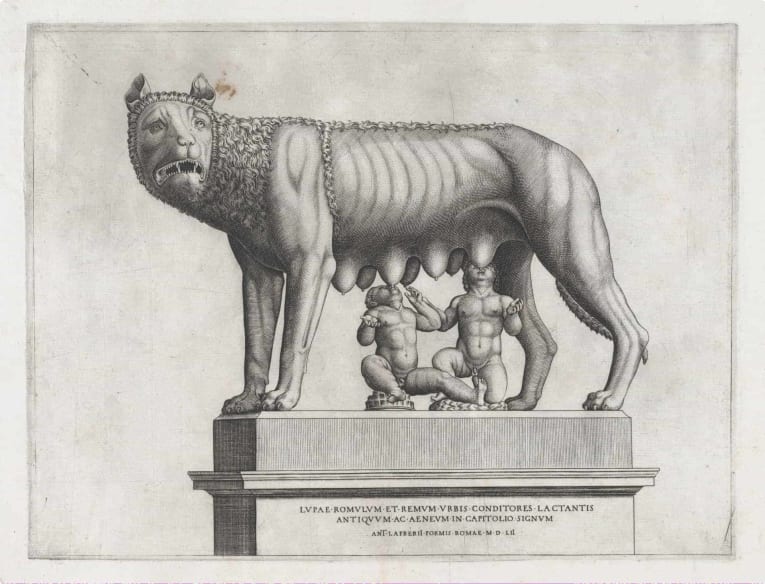
Romulus became Rome’s first king, and he was followed, in non-hereditary succession, by a line of Sabine, Latin, and Etruscan rulers from early Italian civilisations.
The early Roman monarchy ended in 509 BC with the overthrow of its seventh and final king, the Etruscan despot Lucius Tarquinius Superbus (superbus means “the proud”). The revolt against him was said to have been spurred by public outrage over the rape of a noblewoman, named Lucretia, by the king’s son.
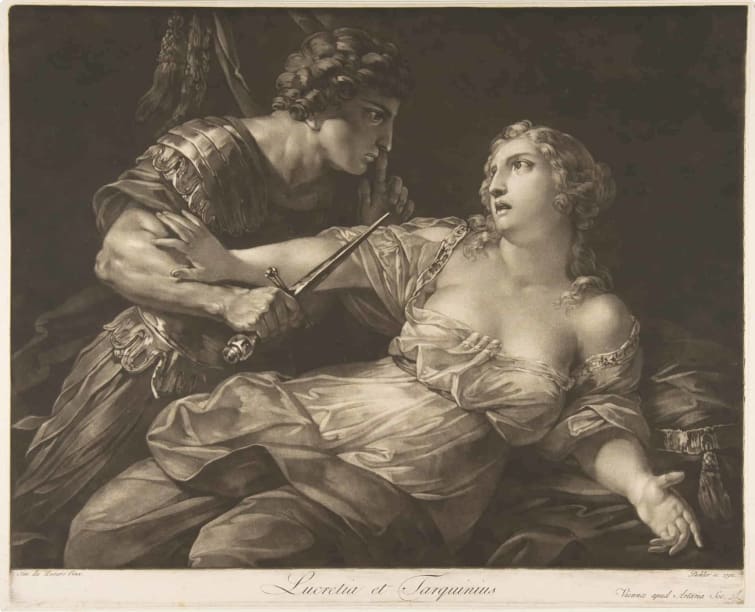
Tarquinius fled to Greece, and his rival, Lucius Junius Brutus, reformed Rome’s system of government and turned Rome into a republic. The word ‘republic’ comes from res publica, ‘property of the people’ – an idealistic dream which would prove to be difficult to achieve.
The Early Roman Republic
The early Roman Republic was marked by social conflict between the privileged patricii (patricians) and the rest of the politically excluded citizenry, or the plebeians. According to Tony Spawforth’s The Story of Greece and Rome (Yale University Press, 2018), the patricians traced their lineage to the time of Roman kings (p.198).
The patricians dominated the Senate, from which two magistrates called ‘consuls’ were drawn by annual election. The two consuls, who also served as the army’s commanders in chief, effectively held the power once held by the king.
The working-class plebeians, in their struggle to have a voice in government, would regularly ‘secede’ (or, in modern terms, strike) from the city (Spawforth, 2018, p. 198). In 494 BC, the patricians granted the right for plebeians to have their own two magistrates, called the ‘tribunes’, who had the power to veto or initiate legislation. The 5th century BC also saw the writing of the Law of the Twelve Tables: rules and regulations inscribed on twelve bronze tablets that aimed to give rights to all Romans.
Building Rome
Rome was sacked by a Gallic army in 390 BC, but the Romans almost immediately rebounded and rebuilt their city from the ruins left by the siege, building a continuous wall to protect themselves from foreign invasions.
Romans were great innovators, as evidenced by their use of construction materials and techniques that stood the test of time. By 312 BC they had developed the aqueduct, moving water with the aid of gravity alone through stone or concrete. Aqueduct technology allowed water to be supplied to the city from faraway sources, supporting amenities such as public latrines and baths, underground sewage systems, and fountains.
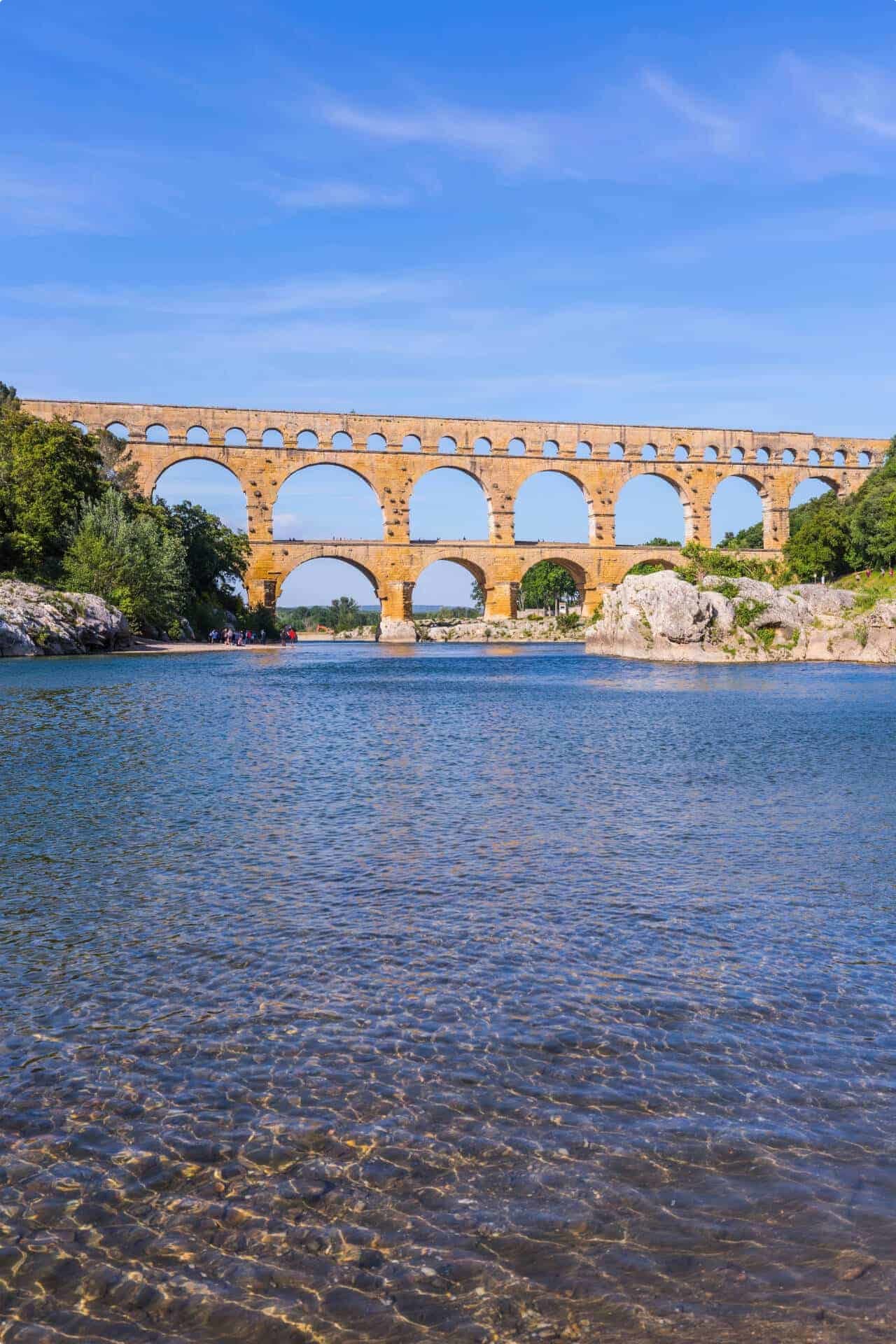
The private homes of the Roman elite were decorated with fresco and stucco. Other city-dwellers lived in buildings called insulae, which resembled modern apartment blocks, averaging four to five stories.
Influenced by Greek architecture, the Romans also built temples, triumphal arches, and amphitheatres, with the Colosseum being the largest and most famous.
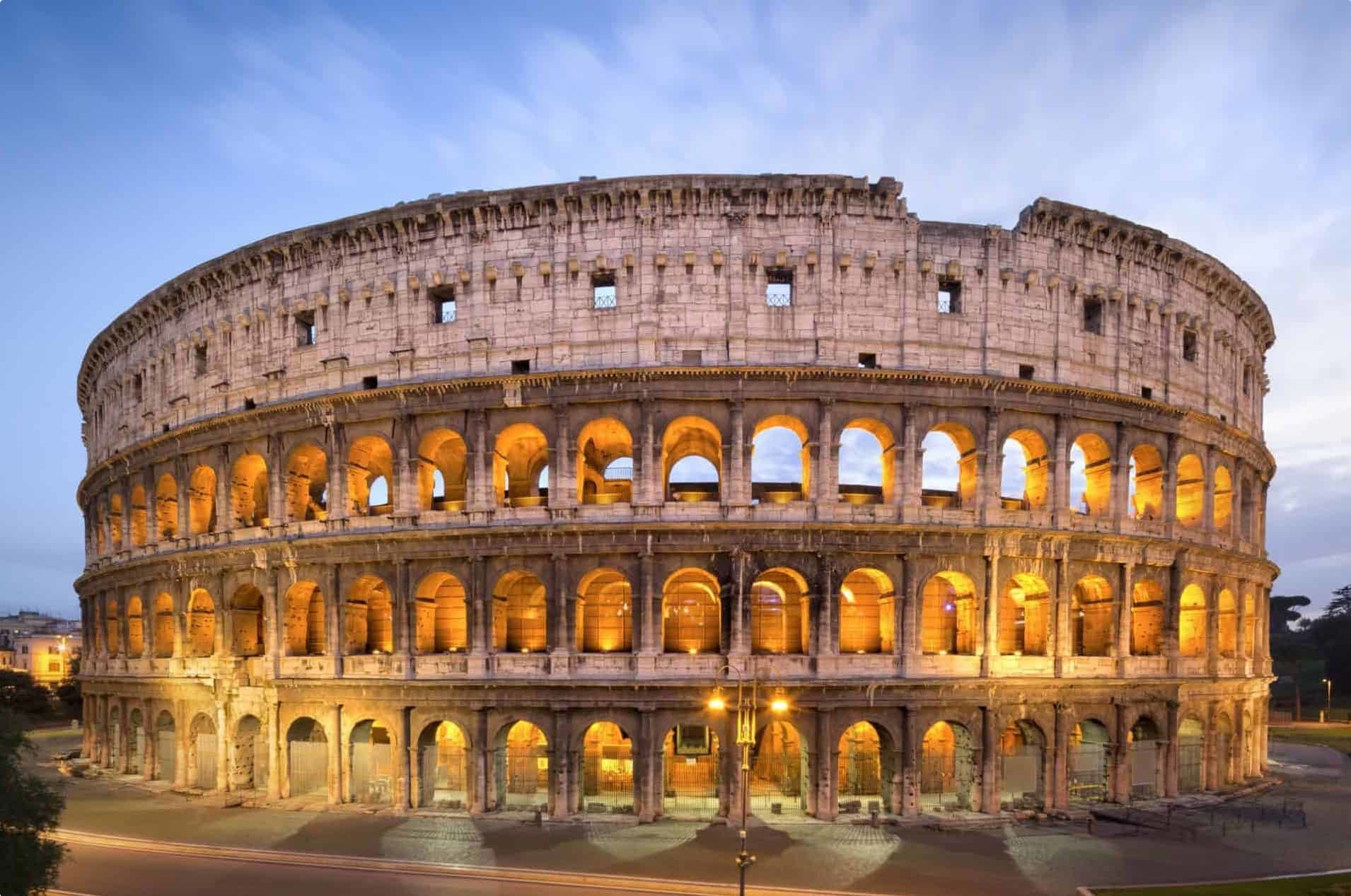
Rome Goes to War
Rome became prosperous through trade, becoming admirers of the Greek culture that they would later incorporate into their own art, literature, philosophy, and theology. But Rome also expanded its territory through warfare.
The republic was drawn into the Punic Wars with Carthage in 264 BC. Carthage was a Phoenician colony (‘Punic’ has the same root as ‘Phoenician’) which later became the capital of the Carthaginian empire that dominated the Mediterranean. In 264 BC, Carthage intervened in a dispute between the cities of Messina and Syracuse in Sicily in the south of Italy (click through to read an article on Sicily’s early history), following an appeal for aid from Messina. Messina had also asked help from Rome, but the Romans did not respond quickly enough.
When Rome finally sent help, their troops forced the Carthaginians out of the city. The Punic Wars (three in total) ended with Carthage defeated and the city completely destroyed, and the Romans captured their territories in the western Mediterranean, along with Sicily, Spain, and northern Africa.
Rome also expanded east, defeating King Philip V of Macedonia and taking over his kingdom.
Struggles in the Late Roman Republic
As Rome’s influence expanded outward, the city itself buckled beneath the weight of its new territories. Corruption was rampant in the Senate, and the patricians were growing wealthier at the expense of the plebeians and the foreign slaves delivered by Roman conquests. In the 2nd century BC, two tribunes, Tiberius, followed by his younger brother Gaius, led a movement calling for reform to re-distribute land and wealth and shrink the rich-poor divide but were both killed by their opponents.
Romans continued to be divided by class lines, and now even the patricians were divided into two. The Optimates (‘best men’) were the ruling class and tried to uphold the oligarchy, while the Populares (‘the people’) sought popular support against the Optimates.
In 60 BC, two Optimates, Marcus Licinius Crassus and his political rival, Gnaeus Pompeius Magnus (Pompey the Great), formed an alliance with a rising political and military star, Gaius Julius Caesar, who came from the Populares.

Called by modern historians the ‘First Triumvirate’, the three, each with their own military and political ambitions, set their differences aside, pooled their resources, and took over the state. The alliance frayed and fell apart when it was faced with two tragedies: in 54 BC, Pompey’s wife and Caesar’s daughter Julia died while giving birth, and in 53 BC Crassus died in a military campaign against the Parthians.
Pompey and Caesar then declared war against each other, prompting a civil war in Italy. Caesar crossed the Rubicon River from Gaul into Italy with his army and emerged victorious in 45 BC. ‘Crossing the Rubicon’ survives in the English language as an expression which means to take an irrevocable step. Caesar indeed took an irrevocable step by crossing that river, unknowingly starting a series of events that would put an end to the Roman Republic.
Augustus and the Age of Roman Emperors
Less than a year later, Caesar was assassinated in Rome, and his co-consul Mark Antony (Marcus Antonius) and adopted son and heir, Octavian (Gaius Octavius Thurinus) allied with an ex-consul Lepidus to crush Caesar’s assassins. This Second Triumvirate also fell apart, and Rome was split between supporters of Mark Antony and Octavian.
Over in Egypt (you can read more about its history here), Caesar’s former lover and Ptolemaic ruler Cleopatra allied herself with Mark Antony, who also became her lover and husband. Their combined forces clashed with Octavian’s troops in the Battle of Actium in 31 BC. Octavian emerged victorious, allowing him to consolidate his power and claim Egypt as a Roman province. Both Mark Antony’s and Cleopatra’s lives ended in suicide. Cleopatra and Caesar’s 17-year-old son, Caesarion, nominally succeeded his mother to the Egyptian throne as Ptolemy XV Caesar, but he was executed by Octavian after 11 days.
Octavian named himself Augustus Caesar (augustus means ‘revered’) and became the first emperor of the Roman Empire. Backed by the Senate, he ushered in 200 years of relative peace and prosperity in Rome (Pax Romana).

Augustus ruled for 56 years and was succeeded by rulers who either lacked his strength of character – or were simply insane. His heir, Tiberius, continued his policies but proved unpopular. Caligula drained Rome’s coffers on expensive projects and planned to appoint his beloved horse as consul (he was assassinated by the Praetorian Guards before this plan was carried out). Augustus’s line ended with Nero, the infamous emperor who supposedly ‘fiddled while Rome burned’ (the Great Fire was real, but Nero fiddling was probably fictitious) during the disastrous fire in 64 AD. The recently restored Mausoleum of Augustus is the final resting place of not only Augustus but also Tiberius, Caligula‘s mother Agrippina, Nero Caesar, Caligula, Claudius, Brittanicus and the mummy of Nero‘s wife Poppaea.
Social unrest continued, followed by a Roman golden age under the Nervan-Antonin Dynasty which ruled from 96 to 192 AD and gave Rome four great emperors: Trajan, Hadrian, Antoninus Pius, and Marcus Aurelius. Marcus Aurelius’s reign, however, was marked by conflict as the empire was constantly threatened by Germanic tribes, and his successor, his son Commodus, proved incompetent.
The empire was again plunged into conflict in the 3rd century AD when the assassination of the emperor Alexander Severus left behind a power vacuum and several military leaders were eager to take the throne for themselves. The empire split into three competing states:
- the original Roman empire, centred in Italy
- the Gallic Empire in the west, including the Roman provinces of Gaul, Britannia, and Hispania
- the Palmyrene Empire in the east, including provinces of Syria Palaestina and Aegyptus
In just 50 years, more than 20 emperors, most of them Roman army generals, would claim the throne. The Emperors Aurelian and Diocletian were credited for ending the crisis and reuniting the empire.

Diocletian introduced numerous changes to aspects of government as a response to the crisis, one of which was reducing the power of the military.
An Empire Divided
Perhaps the biggest change Diocletian enacted was the division of the empire and the creation of the tetrarchy (‘rule of four’). Diocletian first divided the empire into two, with him ruling in the East and Maximian, named his equal and co-emperor, in the west. They both shared the same title of Augustus.
In 293, Diocletian, with Maximian’s consent, decided to name their successors to ensure a smooth transition of imperial power in case either of them died. (This, again, was a direct response to the succession crisis the empire had suffered.) Diocletian named Galerius, while Maximian named Constantius. The two successors were called Caesars.
The Augusti jointly abdicated in 305 AD, allowing Constantius and Galerius to be elevated in rank from Caesars to Augusti. They then appointed two new Caesars: Severus in the west under Constantius, and Maximinus Daia in the east under Galerius.
When Constantius died the next year, the Roman empire was again plunged into civil war. Supporters of Constantius, instead of accepting the elevation of Constantius’ Caesar, Severus, into Augustus, fought for the elevation of Constantius’ son – a man whom historians would later call Constantine the Great.
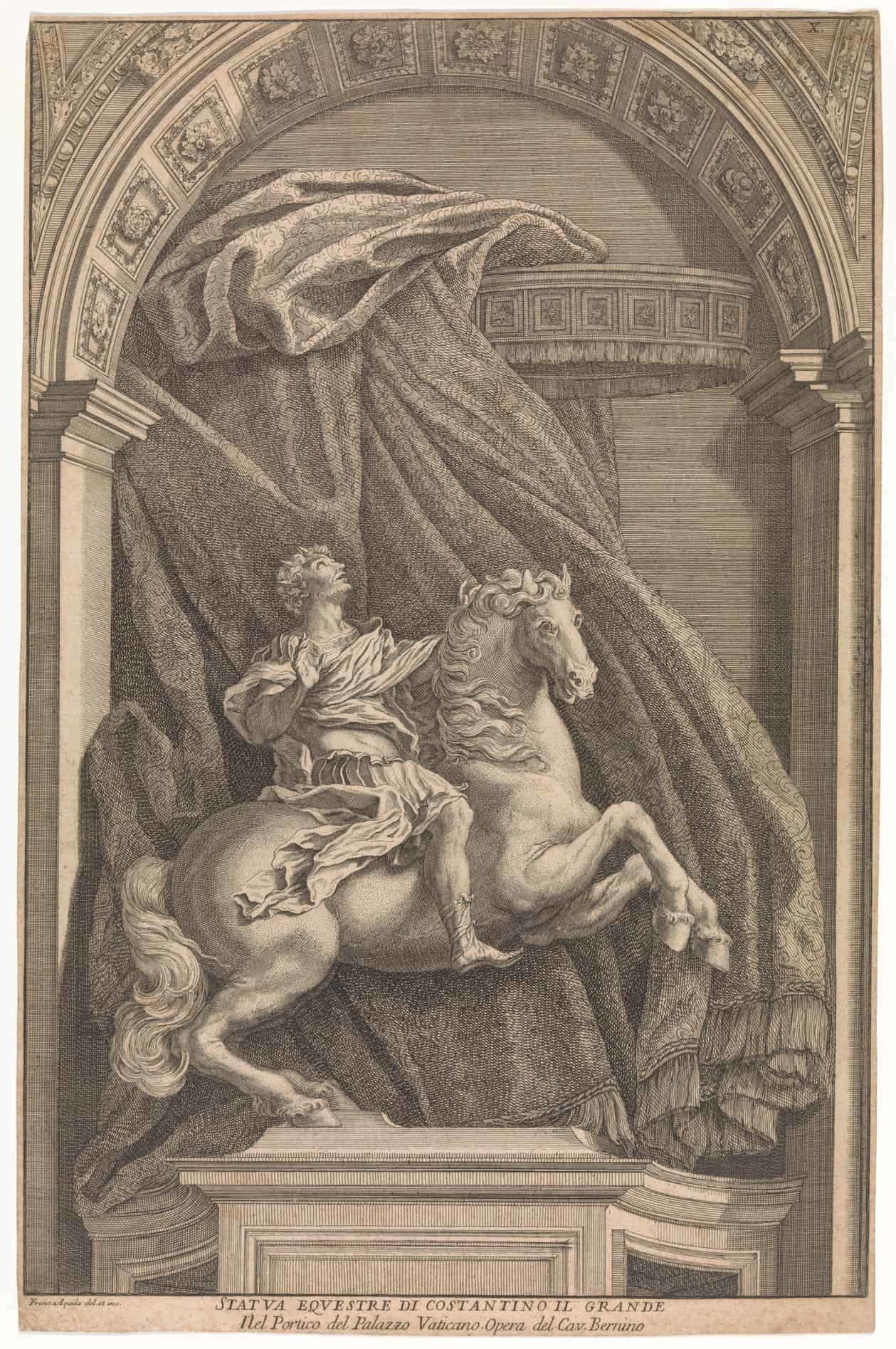
Constantine defeated his rivals and in 324 became sole emperor of the East and the West. The emperor, who had converted to Christianity, ascribed his success to the Christian God, and his adopted religion would sweep the empire, slowly replacing the polytheistic religion of the Romans.
The political heart of the Roman Empire under Constantine’s reign moved from Rome to Byzantium (modern-day Istanbul), later renamed Constantinople after the emperor. This eastern arm of the empire, called the Byzantine Empire, would survive the Italian-centred Roman Empire, which at this point in its long history had less than 200 years left before it would take its last breath.
The Roman Empire Falls
Historians put forth various reasons for the fall of the Roman Empire, among them military overspending, government corruption, and invasions by foreign tribes.
Theodosius I, who ruled from 379 to 395, would be the last Roman emperor to rule over both halves of the empire. Upon his death, the empire was split between his two young sons, Arcadius and Honorius. The empire would never be reunited again.
The western Roman Empire suffered from continuous attacks from Germanic tribes, and in 476, Odoacer, a soldier loyal to Constantinople and the Byzantine Emperor Zeno, deposed Emperor Romulus Augustus, at the time only 16 years old. Romulus Augustus would be the last emperor to rule from Italy, and his deposition was seen as the western Roman Empire’s deathblow. The Byzantine Empire would continue for nearly a thousand years more, ending in 1475.
The Roman Empire’s Legacy
It is simply impossible for an empire that had existed for millennia to not have a profound impact on the world.
The Romance languages, which include the major national languages French, Italian, Spanish, Portuguese, and Romanian, are derived from ‘Vulgar Latin’, a form of non-Classical Latin, called as such, according to Marius Sala and Rebecca Posner, for its preference for ‘colourful’ terms compared to the ‘sober’ terms of Classical Latin:
In vocabulary, especially, many of the sober classical words are rejected in favour of more colourful popular terms, especially derivatives and diminutives: thus, portare ‘to carry’ (French porter, Italian portare, etc.) is preferred to ferre; cantare ‘to sing again and again’ (French chanter Spanish and Portuguese cantar, etc.) to canere; vetulus ‘little old man’ (Romanian vechi, Italian vecchio, French vieux, etc.) to vetus. (Source.)
The modern Gregorian calendar is derived from the Julian calendar, introduced by Julius Caesar. The names of the week are derived from the Roman gods and goddesses (e.g. ‘dies Martis’, Tuesday, ‘Day of Mars’; ‘dies Saturnii’, Saturday, ‘Day of Saturn’, etc).
Iconic landmarks, built by the Romans, such as the majestic Colosseum, the Pantheon and Casa di Augusto, as well as many of their arches, roads, aqueducts, bathhouses remain standing to this day, offering a lesson in lasting architecture. Modern law and politics are derived from the policies and rules instituted by Rome in antiquity.
The rise of Christianity led to power being given to the papacy, who later broke away from Byzantium, ruled the Papal States, and formed the Holy Roman Empire. Modern-day Rome is home to the smallest country in the world, Vatican City, an independent city-state ruled by the Pope. This article on Southern Italy briefly traces the history of the Holy Roman Empire up to Italian unification, and Italy becoming a republic in 1946.
Travelling to Rome

If you want to discover Rome and the ancient Romans, join Odyssey Traveller’s escorted trip to the Eternal City, where you will go on a walking tour to take in the sights of ancient Rome and be present for the Pope’s annual Christmas Day message in St Peter’s Square. Click through to see the itinerary and sign up.
Odyssey Traveller’s tours are all designed for the mature or senior traveller, whether travelling alone or with a partner. You may also consider:
- Romans in France – which explores some of the major remains of the Roman occupation between the 1st century BC and the 4th century AD. Roman Gaul occupied an area that includes modern France, Belgium, Luxembourg, and Germany southwest of the Rhine.
- Romans in Britain – explore the world of Roman Britain as we trace the visible remains of the Roman occupation. The Romans occupied Britain for some 400 years and left behind a lasting legacy. Many of their buildings were pulled down and reused but there is still a lot left for us to discover. Join us as we travel in the footsteps of the legions through England and Wales, exploring what remains of their cities, fortresses, villas, bath houses and roads.
Articles about Italy published by Odyssey Traveller
- Who were the Roman Emperors?
- History of a City: Florence
- The Sicilians and their Kings
- Empires Crossing the Mediterranean: 1130-1300
- Secrets of Venice: A History of Espionage
- Secrets of Florence: The Definitive Guide for Travellers
- The Roman Empire
- Who were the Roman Emperors? The Definitive Guide for Travellers
- Key Figures of Renaissance Florence
- Italian Renaissance Families: The Medicis
- About Malta, Sicily, Sardinia and Corsica: islands of the western Mediterranean
- Trip advice for travellers going to Italy
- as well as more articles on Italy here
For all the articles Odyssey Traveller has published for mature aged and senior travellers, click through on this link.
External articles to assist you on your visit to Rome and Italy
Related Tours
22 days
AugRoman Britain
Visiting England
On this small group tour explore with a tour director and local guides the world of Roman Britain. The Romans occupied Britain for some 400 years and left behind a lasting legacy from roads Hadrian's wall to Roman Baths many are UNSECO World heritage listed.
From A$14,545 AUD
View Tour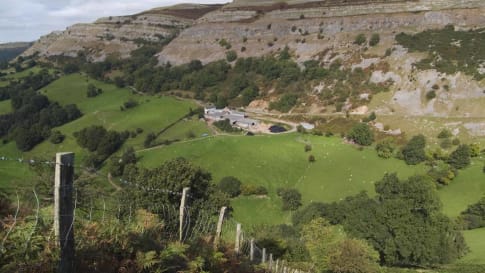
20 days
May, Sep, JunWalking Ancient Britain
Visiting England
A walking tour of England & the border of Wales. Explore on foot UNESCO World Heritage sites, Neolithic, Bronze age and Roman landscapes and the occasional Norman castle on your journey. Your tour director and tour guide walk you through the Brecon beacons, the Cotswolds and Welsh borders on this small group tour.
From A$13,995 AUD
View Tour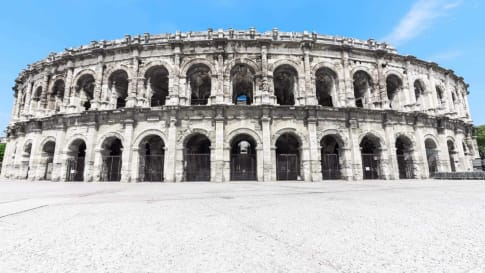
20 days
AugRomans in France small group specialist history tours for seniors
Visiting France, Switzerland
Join our small group tour to explore what remains of the Roman Gaul. France, Belgium, Luxembourg and South-west Germany were occupied by Roman Gaul some 2,000 years ago. To this region the Romans brought roads, bridges, education, cities and, perhaps, above all the Peace of Rome.
From A$16,995 AUD
View Tour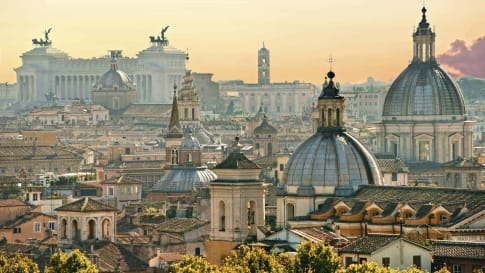
15 days
DecDiscover Rome | Cultural and History Small Group Tour for Seniors
Visiting Italy
Rome is arguably the most fascinating city in Italy, the capital city, once the centre of a vast, ancient empire and still today a cultural focus within Europe. Explore the city in-depth as part of a small group program spending 15 days exploring, just Rome and Roman History.
From A$9,235 AUD
View Tour

